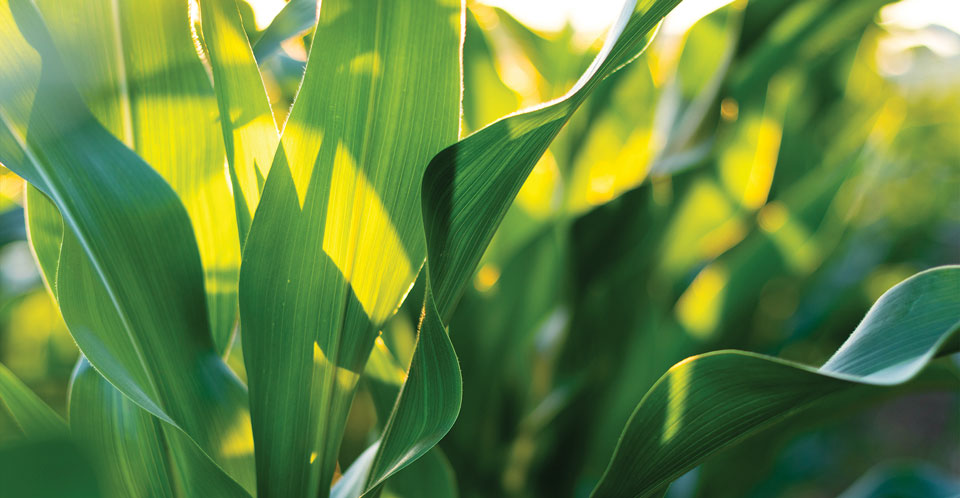Climate change and carbon footprint are two phrases you now hear about all the time, but what do they mean, and are farmers making things better or worse?
The definition of carbon footprint, according to the Merriam-Webster dictionary is, “The amount of greenhouse gases and specifically carbon dioxide emitted by something (such as a person’s activities or a product’s manufacture and transport) during a given period.”
Carbon dioxide is the top “greenhouse” gas talked about when it comes to climate change. In roughly the last 250 years, the earth has warmed between 1 and 2 degrees, so yes, the climate is changing. There are many creators of carbon dioxide that could be causing part of this, including forest fires, burning coal and other fossil fuels for energy production and transportation, volcanic eruptions and of course, humans and animals that live on our planet. Since our world population is growing, just the fact that we (and all our animals) breathe in oxygen and emit carbon dioxide is a part of our problem. Many contend that a reduction in carbon dioxide will solve global warming and eliminate climate change, so here’s the great news. As farmers, we can help reduce carbon dioxide levels!
Plants that farmers produce do the exact opposite of what humans and animals do. Plants breathe in carbon dioxide and emit oxygen. Think of it this way. A plant at harvest is loaded with carbon. That carbon came from carbon dioxide in the air. Much of that carbon can be stored in the soil, building soil organic matter for example, when managed properly. That’s carbon sequestration. The best ways farmers can and do build soil organic matter is by reducing tillage, planting crops with lots of roots (think corn, for example) and using cover crops. Higher amounts of organic matter in the soil mean that land is less prone to erosion and compaction, and it can hold more water and nutrients. More organic matter usually translates to more yield for farmers, as well.
How much carbon are crops actually using? That’s a great question, and quite frankly, every source I’ve looked at seems to have a different number. One study from back in 2007 at Michigan State University said an acre of corn used roughly 18 tons per acre. Multiply that times the 90+ million acres of corn produced in the United States, and you can see how just that one crop can make a huge difference in helping reduce climate change! While I can’t find any exact figures on how much carbon crops are using, here are some things I do know. Corn is a much more massive plant than most crops we raise in the United States, and it finishes with a lot more carbon in total, by the time you figure the roots, stalks, leaves and grain. In other words, corn is a great crop to produce if you want to sequester carbon dioxide. Higher yields mean more carbon dioxide gets used. In my opinion, this is one of the big answers to climate change. While most people are focused on reducing emissions of carbon dioxide and other greenhouse gasses, I think it’s important to look at the other side and how we can use more carbon dioxide.
In summary, it is true that climate change is occurring, but it is also true that farmers hold a big key to reducing greenhouse gasses and climate change by increasing crop yields, especially with big “carbon users” like corn.







